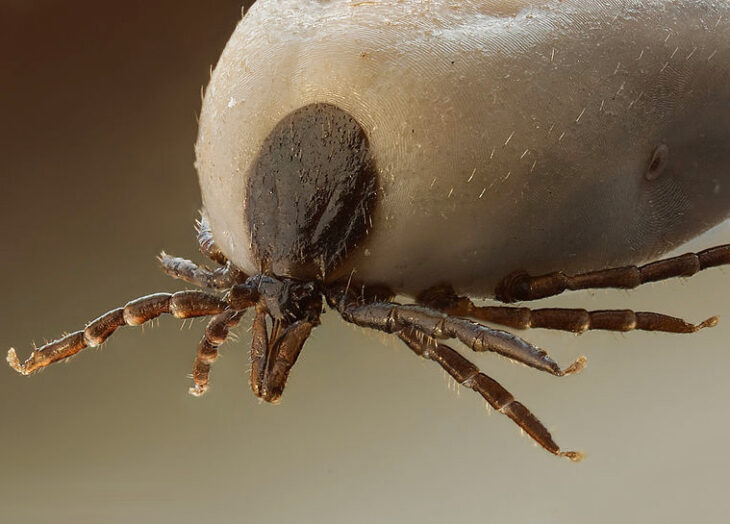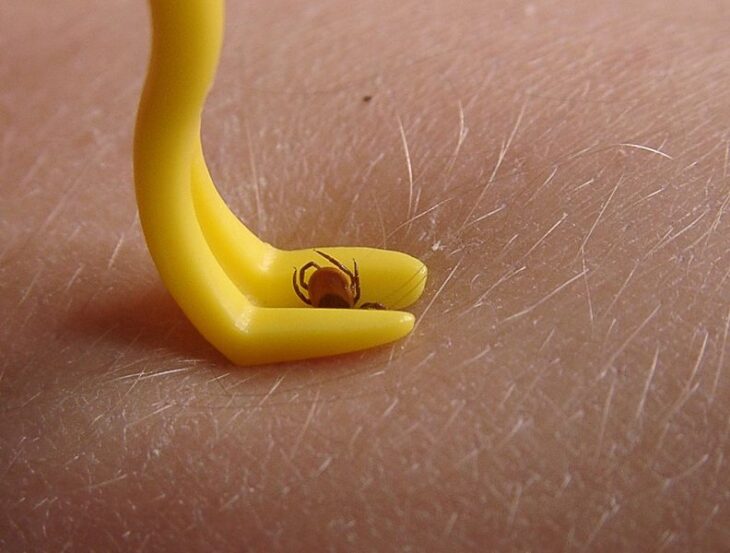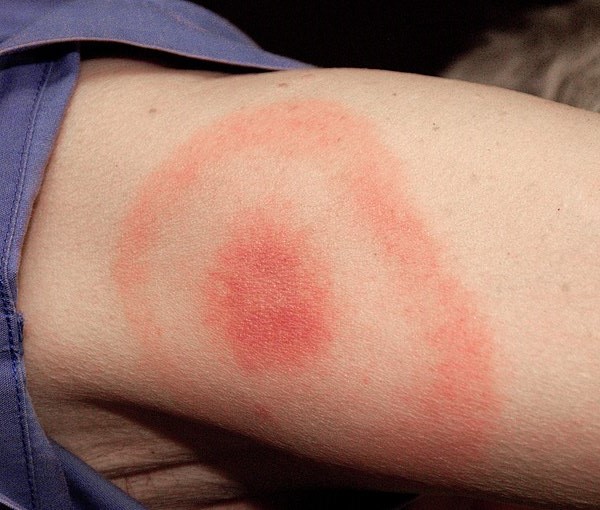Ticks and Lyme disease – what you need to know
The warmer, wetter weather of recent years has seen ticks flourish in Scotland. As a result there has been a significant increase in cases of Lyme disease.
Around one in 20 ticks carry the bacteria which causes Lyme disease. This blog will help you to be more aware of the signs and symptoms of infection, and what to do if you are bitten by a tick.
What are ticks?
Ticks are tiny bloodsucking arachnids around 1–3mm long. They can attach themselves to animals and humans, and can stay latched on for hours or even weeks, if not detected and removed. They are widespread in Scotland’s countryside and can sometimes be found in parks and gardens.

Ticks are particularly prevalent in summer, but they are active all year round.
How to avoid ticks
Ticks cannot fly or jump, so they are most likely to attach themselves when you brush against them in long grass, dense vegetation and in woodland areas. Taking a few simple precautions can reduce these risks considerably:
- Stay on paths, avoiding long grass and dense vegetation
- Keep your arms and legs covered and spray insect repellent on any exposed skin and clothing
- Check the repellent is effective against ticks and apply it after sunscreen!
- Wear light coloured clothing so that ticks can be easily spotted and brushed off
When you get home, check yourself, your children and dogs for any ticks that may have become attached. Pay particular attention to the hairline, skin folds, navel, groin, armpits, between the toes and behind the knees.
How to remove ticks
Special tick removal tools are widely available from pharmacies, vets, outdoor and pet shops, and online. A pack of two different sizes costs just a few pounds and is money well spent.
If you don’t have a tick removal tool, fine tipped tweezers can also do the job. Using your fingernails, oils or even a lit cigarette is usually ineffective, and can be dangerous.

- Grasp the tick as close to the skin as you can
- 2. Slowly pull upwards, taking care not to squeeze or crush the tick
- 3. Clean the bite with either antiseptic or soap and water
Symptoms of Lyme disease
Lyme disease can be difficult to diagnose but the early symptoms may include a circular red rash around the bite. This rash can appear up to three months after being bitten and usually lasts for several weeks.

Most rashes will appear within a month or so but not everyone with Lyme disease develops a rash. Some people have flu-like symptoms in the early stages, such as:
- A high temperature, or feeling hot and shivery
- Headaches
- Muscle and joint pain
- Tiredness and loss of energy
If you have been bitten by a tick and think you may be showing symptoms of Lyme disease please contact your GP.
Find out more
Help protect Scotland’s wildlife
Our work to save Scotland’s wildlife is made possible thanks to the generosity of our members and supporters.
Join today from just £4 a month to help protect the species you love.
Preface
The warmer, wetter weather of recent years has seen ticks flourish in Scotland. As a result there has been a significant increase in cases of Lyme disease. Around one in …
